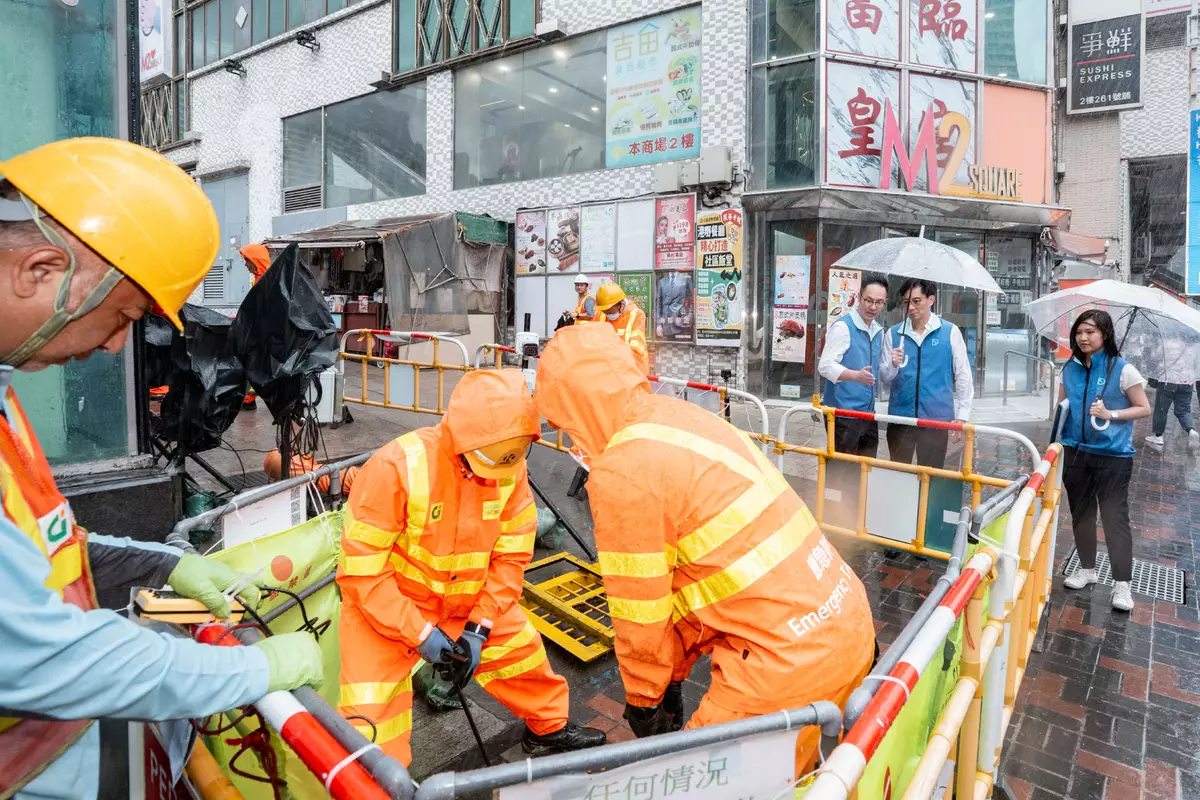Hong Kong’s Comprehensive Approach to Extreme Weather Preparedness
When severe weather threatens, coordinated government response can make all the difference in protecting citizens and minimizing potential damage. On July 9, 2025, Hong Kong demonstrated its robust emergency preparedness strategy during a critical inter-departmental meeting addressing the imminent arrival of Tropical Cyclone Danes and anticipated heavy rainfall.

Led by Chief Secretary for Administration Paul Chan, the Steering Committee on Extreme Weather Response convened to meticulously review and supervise cross-departmental readiness. The meeting’s primary focus was preparing for severe weather conditions expected in the following two days, including heavy rains, strong winds, and thunderstorms.
Meteorological forecasts indicated that Tropical Cyclone Danes would enter Guangdong and weaken, while an active southwest monsoon would significantly impact the Pearl River Estuary area. This weather system promised to bring challenging conditions to Hong Kong, prompting comprehensive preparatory measures across multiple government departments.

The Drainage Services Department took proactive steps by deploying 180 emergency response teams to conduct special inspections and clean-up operations. Their mission involved thoroughly examining approximately 240 locations throughout Hong Kong that are historically prone to silting and flooding, ensuring drainage channels remained clear and functional.
Simultaneously, the Highways Department prepared to re-test flood warning systems in high-risk areas. These included critical infrastructure like the Kwun Tong Road Underpass and river-adjacent tunnels in Sha Tin and Tai Po, demonstrating a strategic approach to identifying and mitigating potential flood risks.

District Home Affairs Offices played a crucial role in ground-level preparedness. They coordinated with various institutions to strengthen community resilience, preparing essential resources like sandbags and flood barriers. Moreover, they mobilized district councilors and caring teams to disseminate critical weather information, with a particular focus on residents most vulnerable to flooding.
The Security Bureau’s Emergency Monitoring and Support Centre was set to be fully activated, creating a comprehensive joint operation platform. This centralized system would enable real-time information gathering, risk assessment, and dynamic response planning. Emergency rescue forces, including the Fire Department, Police Department, Civil Aid Service, and Auxiliary Medical Service, stood ready to provide immediate assistance during potential weather emergencies.

Recognizing the importance of maintaining public mobility, the Transport Department’s Emergency Traffic Coordination Centre prepared to collaborate with public transport agencies. Their goal was to monitor traffic conditions and quickly communicate any necessary service adjustments or emergency information.
The Education Bureau also remained prepared, ready to announce potential changes to school operations and student registration events as needed, ensuring student safety remained a top priority.
Citizens were strongly advised to stay informed by continuously monitoring weather forecasts and warnings issued by the Hong Kong Observatory. This collaborative approach—combining advanced technological monitoring, inter-departmental coordination, and public communication—exemplifies Hong Kong’s sophisticated strategy for managing extreme weather challenges.
By systematically preparing across multiple governmental levels and departments, Hong Kong demonstrates a proactive and comprehensive approach to potential environmental threats, prioritizing citizen safety and minimizing potential disruptions.











